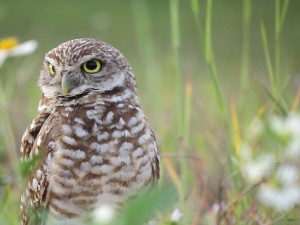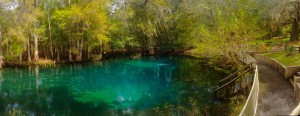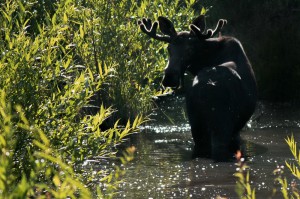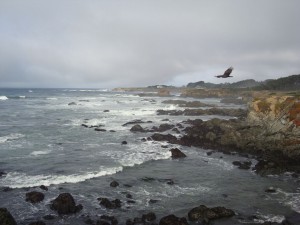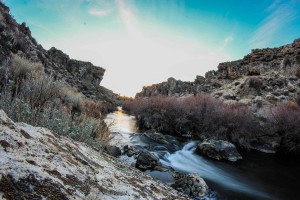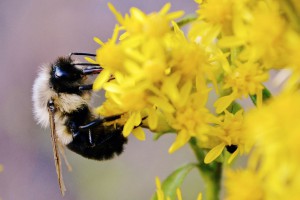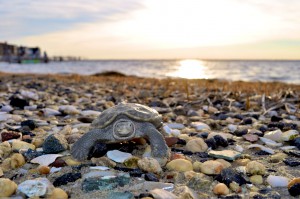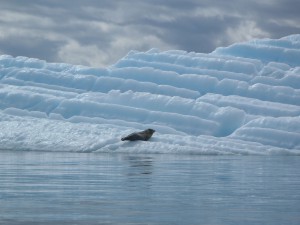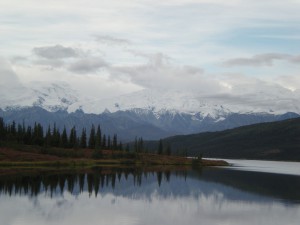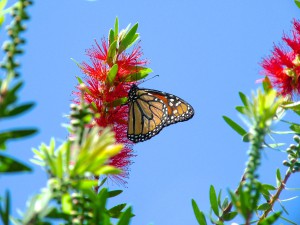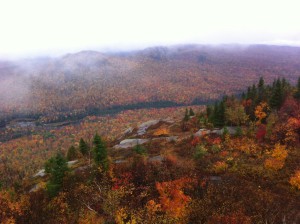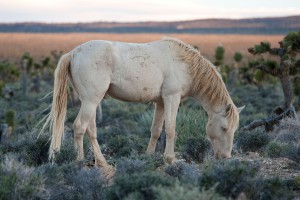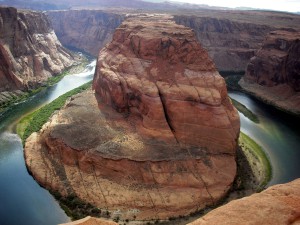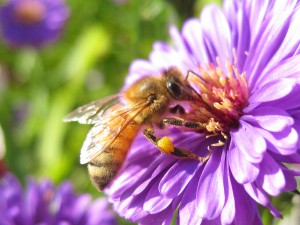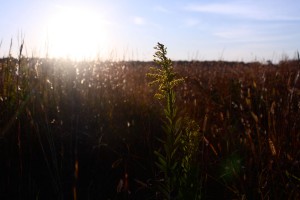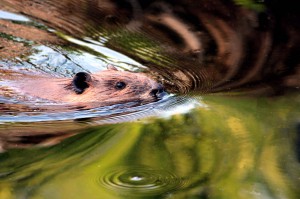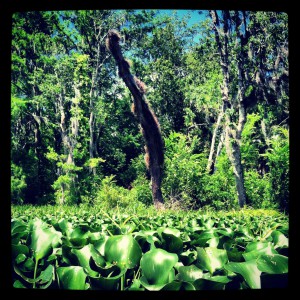NPG is Pleased to Announce the Winners of Our 2014 Photo Scholarship Contest.
- NPG
- June 17, 2014
- Scholarship
- 0 Comments
NPG is pleased to offer challenging contests as part of our mission to enlist a new generation of activists, who will be focused on calling attention to the dangers of population growth. We send our thanks to all of our members and friends who have so generously contributed – as well as our appreciation for the tens of thousands of students who have competed in our contests. It is your support and participation that make this critical program possible!
This year’s challenge was:
Without critical changes, U.S. population is projected to reach 400 million people by mid-century. Submit your photo of a threatened environmental treasure that you believe is worth protecting, along with an explanation (40-50 words) of how population growth has put this treasure at risk.
(Click on each image to view larger size.)
Grand Prize Scholarship Winner
$1,500 Award
Cara Mosley – Flagler College, Augustine, FL
I live in Cape Coral, a suburban Florida city. Suburban sprawl here is growing exponentially, which leads to a problem: Cape Coral has the largest population of burrowing owls in Florida. Where is a burrowing owl supposed to live when you make your house right on top of his?
NPG’s Robert H. Savage Memorial Scholarship
$1,000 Award
Avalon Hoek Spaans – University of Florida, Gainesville, FL
As population continues to grow exponentially, fresh water sources such as the Florida springs are at risk. The picture shows the threatened environment of Manatee Springs, which provides varying ecosystem services for local organisms. The springs are threatened due to urban sprawl and development, overconsumption of water resources, and pollution.
Each Receives a $500 Award
Summer Adams – Brigham Young University, Provo, UT
Moose are majestic animals that used to roam America freely. As our population continues to grow and cities expand, the area in which moose are allowed to live in is being reduced. I believe the land needs to be protected to preserve these beautiful, wild animals.
Kaija Broders – University of Arizona, Tucson, AZ
This photograph was taken along the Pacific Coast near Mendocino, California. Population growth puts this pristine coastline at risk, because people are building housing developments. People destroy tide pool habitats, sea otter habitat, and one of the last wild stretches of coast in California.
Kyle DeLong – The University of Colorado-Boulder
Mammoth Lakes, California -Pictured is a hot stream that maintains a temperature of roughly 95 degrees Fahrenheit, making the stream a very popular attraction to ski tourists in the winter months of the year. Unfortunately, the increasing human traffic to this stream is leaving behind lots of non-biodegradable garbage, destroying this beautiful area.
Monica Hellmer – Washington University in St. Louis, MO
We’ve lost almost 10 million beehives in the past 6 years. Many scientists blame this epidemic on global warming, increasing pesticide use, and habitat loss – problems exacerbated by our overwhelming population expansion. Bees are an integral part of our environment, and without them countless wild plants will struggle to survive.
Taylor Hendri – University of Alabama, Tuscaloosa, AL
Since I was a little girl, I was heavily involved in the conservation of the endangered species called the Diamondback Terrapin. Growing human population has resulted in serious destruction of habitat for the terrapins, and threatened their well-being for good.
Gina Jozef – Colorado College, Colorado Springs, CO
As population increases, so does commercial over-fishing – with drift nets that inadvertently kill an average of 873 harbor seals per year. Increasing population also contributes to pollution that destroys harbor seals’ arctic habitat. As a result, harbor seals are endangered and we could lose these beautiful and playful creatures forever.
Nikhil Kapadia – Georgia Institute of Technology, Atlanta, GA
While visiting Mount McKinley in Alaska, I was told I was lucky coming now – in a few years, the beautiful snowcaps I witnessed could disappear. As our population increases, we utilize more resources and emit more carbon into the atmosphere. This raises the pace of climate change and melts the snow.
Casey Kuka – Pasco Hernando State College, Dade City, FL
Genetically modified foods have been developed in an effort to meet the needs of an ever-growing population. However, monarch butterfly populations are dwindling to a “Near Threatened” status, and GMOs are to blame. Without this pollinator, we will be facing a conundrum as we attempt to cultivate crops.
Nicholas Ladeouceur – Ithaca College, Ithaca, NY
Forests being cut down have become an immense problem as population grows. Numbers originally sufficient for small populations – even while planting enough to regrow – are nowhere near enough for the amount of people in the world today. In following years, more will be cut down and the beauty will diminish.
Sarah Paravia – Biola University, La Mirada, CA
Wild horses are threatened by over-development in the Clark County area (NV), which is pushing them out further and leaving them less land to roam and feed. The Bureau of Land Management rounds them up every fall to be removed or sold off, displacing horses and separating them from their herd.
Emily Sargent – Bethel College, Mishawaka, IN
Grand Canyon, Arizona – Because of the impact of population growth and a prolonged drought, the 1922 Colorado River Compact apportions more water than exists most years. This critical water lifeline to the Southwest no longer supplies the needs of the growing population – and even the reservoirs are expected to run dry.
Abigail Schwehr – Southern New Hampshire University, Hooksett, NH
Honey bees are an environmental treasure, responsible for the pollinating of $30 billion worth of crops each year in the U.S. They are dying. Human intervention has been linked as one of the main causes. Without bees, we won’t be able to support the population – let alone a growing one.
Leia Smith – University of Central Arkansas, Conway, AR
Arkansas is the “natural state,” yet our state is radically changing to one of battle – the fight between the peace that Mother Nature provides, and the intrusion of man. The weapon man is using is called fracking. The more the population grows, the more our natural state is at risk.
Annaliese Voci – Columbia College Chicago, Chicago, IL
As the population grows, trees are cut down and freshwater lakes and streams are polluted, sending beavers on long treks to find somewhere safe to live. They need quiet, calm waters with plenty of trees, free from pollution and people.
Jennifer Wasilewski – Jacksonville University, Jacksonville, FL
In the last 100 years, people have created dams and irrigation systems draining the Florida Everglades and marshes of their water. An environmental treasure that needs to be protected, the Everglades are home to many species that are endangered by the expansion of the human population.

